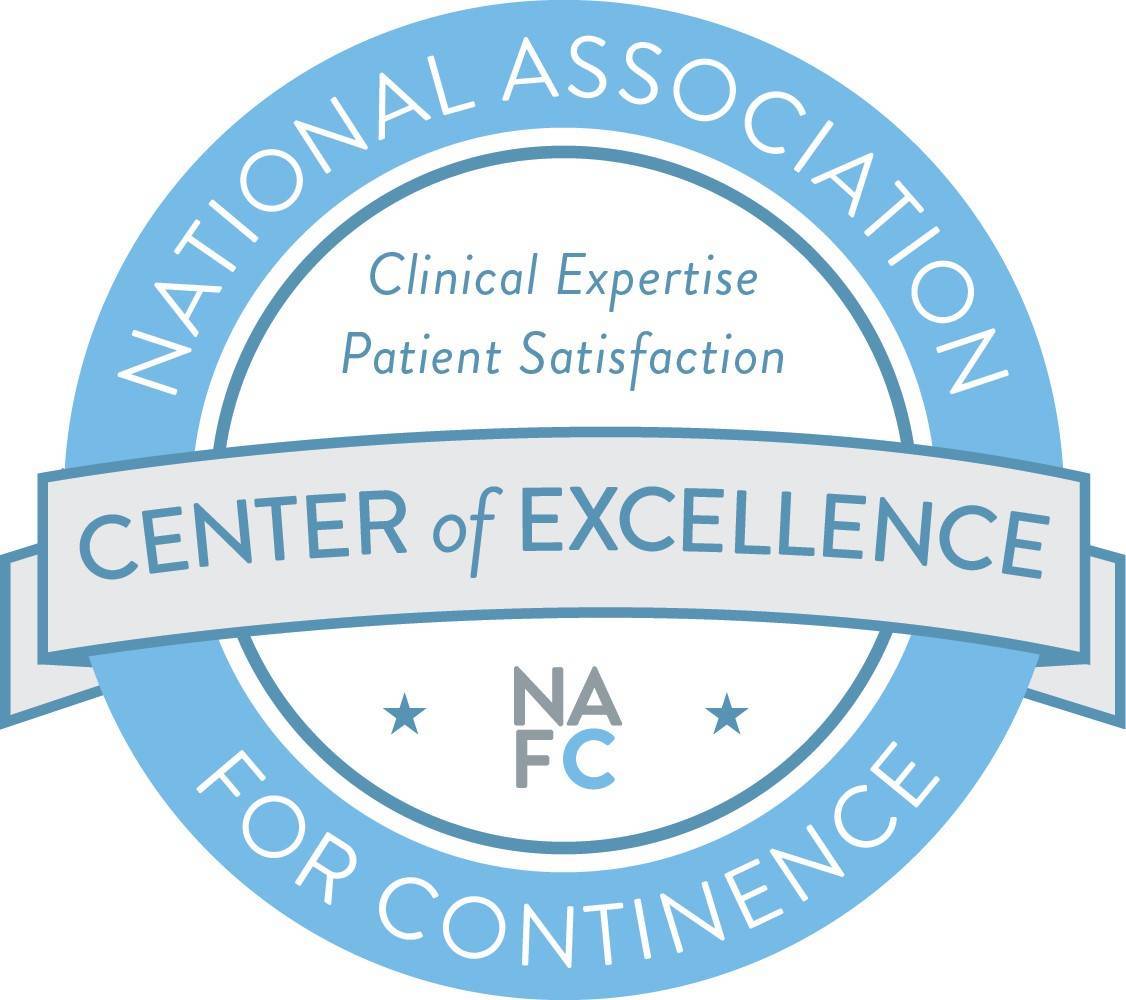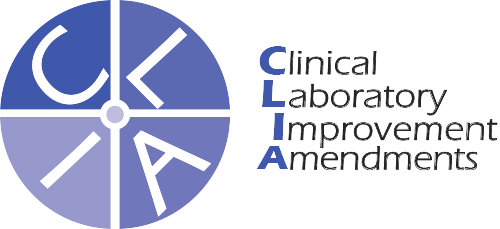Overactive Bladder (OAB)
An overactive bladder (OAB) is a medical condition characterized by a frequent and urgent need to urinate. People with OAB often experience sudden and strong urges to urinate, even when the bladder isn’t full, and this can lead to involuntary urine leakage (urge incontinence). OAB is typically caused by an involuntary contraction of the bladder muscles, which creates the sensation of urgency and can result in leakage if not managed properly
Symptoms
Key features and symptoms of overactive bladder include:
- Urgency: A strong and sudden need to urinate that is difficult to control.
- Frequency: Frequent urination, usually more often than 8 times a day.
- Nocturia: Frequent nighttime urination, often involving waking up multiple times during the night to use the restroom.
- Urge Incontinence: Involuntary leakage of urine due to the inability to suppress strong urges to urinate.
Risk Factors
The exact cause of OAB is not always clear, but it’s believed to be related to problems with the signals between the brain, spinal cord, and bladder muscles. Several factors and conditions can contribute to the development of OAB, including:
- Aging: As people get older, the muscles and nerves of the bladder may not function as effectively, leading to increased risk of OAB.
- Neurological Conditions: Conditions that affect the nervous system, such as multiple sclerosis or stroke, can disrupt the communication between the brain and the bladder.
- Bladder Conditions: Inflammation, infections, or bladder stones can irritate the bladder and cause overactivity.
- Certain Medications: Some medications, such as diuretics or medications used to treat high blood pressure, can increase urine production and contribute to OAB.
- Excessive Fluid Intake: Consuming large amounts of fluids, especially beverages containing caffeine or alcohol, can irritate the bladder and contribute to OAB.
- Constipation: A full rectum can put pressure on the bladder and worsen OAB symptoms.
- Obesity: Excess weight can put pressure on the bladder and contribute to OAB symptoms.
- Hormonal Changes: Changes in hormonal levels, such as during pregnancy or menopause, can affect bladder function.
Treatment
Treatment options for overactive bladder may include:
- Behavioral Therapies: These include bladder training, scheduled voiding, and pelvic floor exercises to improve bladder control.
- Lifestyle Modifications: Reducing fluid intake before bedtime, avoiding caffeine and alcohol, and maintaining a healthy weight can help manage OAB symptoms.
- Medications: Certain medications can relax the bladder muscles and reduce the urge to urinate. These may include anticholinergic drugs or beta-3 adrenergic agonists.
- Nerve Stimulation: Techniques like sacral nerve stimulation can help regulate bladder function.
- Botox Injections: Botox injections into the bladder muscles can help relax them and reduce overactivity.
- Surgery: In severe cases that don’t respond to other treatments, surgical procedures may be considered to improve bladder function.
It’s important to consult a healthcare professional if you suspect you have an overactive bladder. They can properly diagnose the condition, determine its underlying cause, and recommend appropriate treatments tailored to your specific situation.
Accredited By




